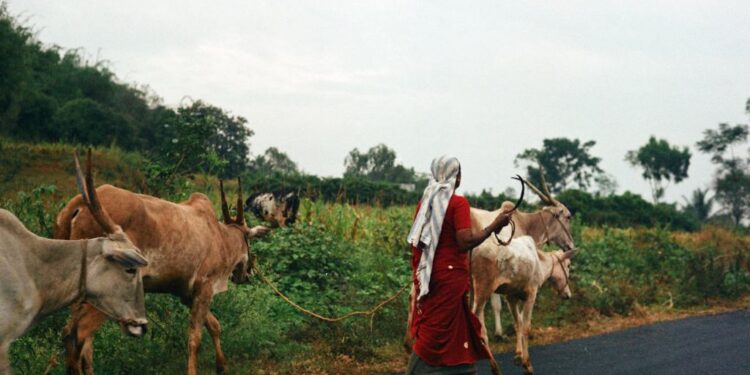The Wild Life (Protection) Act 1972 (WPA) and the Forest (Conservation) Act 1980 were passed by the Indian Parliament with the aim of conserving and expanding forest cover and arresting the decline of the wildlife population. While these two acts have undeniably been able to increase forest cover, their implementation has been described as punitive by the communities that have lived in such forest regions.
Over the past three years, Land Body Ecologies (LBE)—a global transdisciplinary network exploring the deep linkages of mental and ecosystem health—has sought to understand the long-standing connections between forests, land, and people. LBE is based in the Arctic North, India, Kenya, Uganda, Thailand, and the United Kingdom. It aims to document stories of loss emanating from being at home and yet feeling that your own home is leaving you. This concept, solastalgia—coined by Glenn Albrecht—was resonant across all our research sites.
In India, we worked with communities in the eco-sensitive zone of the Bannerghatta National Park (BNP), located on the outskirts of Bengaluru city. The BNP was declared a national park under the WPA in 1974, with a notified conservation area of more than 250 square kilometres.
The BNP eco-sensitive zone comprises 16 hamlets or doddis, which are typically quite small, with fewer than 20 houses. The doddis are home to a diverse mix of people, such as settled agricultural communities, indigenous populations that have been moved out of the forests, migrant pastoralists, and other marginalised groups that have found a refuge here. For our research study, we engaged with more than 55 respondents in Bannerghatta through design research methodologies, including in-depth interviews, and activities that involved the community using polaroid photos to document spaces in their doddis and then telling us the stories of the photos they took.
The Iruligas are an Adivasi community living in the region. There are many theories about the origin of the word ‘iruliga’—some believe it comes from ‘irulu’ (darkness), while others trace it to ‘ili’ (rat)—a reference to the widely held view that Iruligas hunt and subsist on rats. However, in the Bannerghatta region, Iruligas are identified by other communities as panditru, or forest saints, in recognition of their deep knowledge of the forest—including the medicinal properties of various herbs—and their understanding of animals, rooted in centuries of lived experience.



